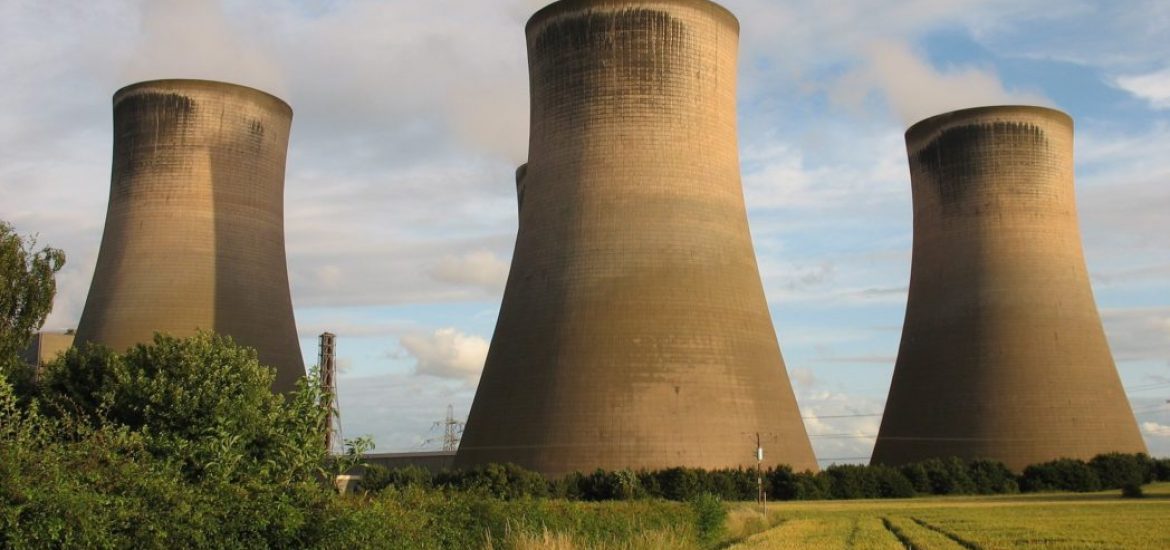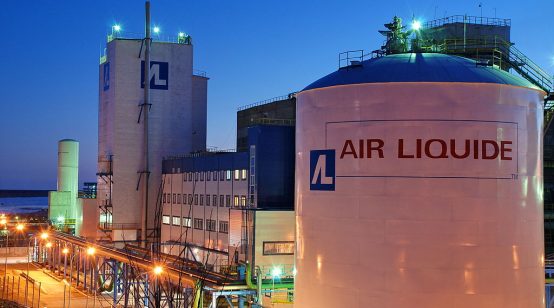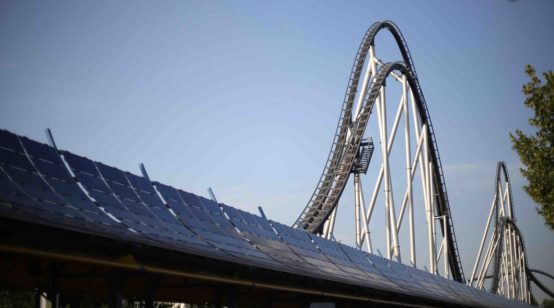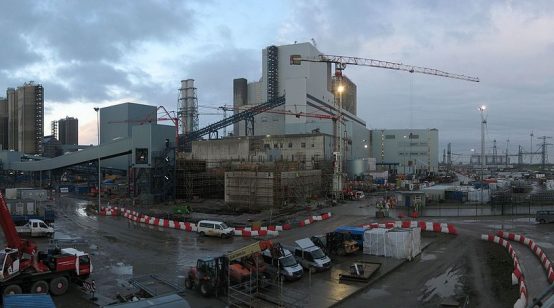
A European startup company is planning to build Europe’s largest energy storage plant using a cryogenic battery to cut costs when providing cheap renewable electricity when the sun is not shining and there is no wind.
The “liquid air” device at an undisclosed former fossil-fuel plant aims to power up to 50,000 homes for around five hours.
London-based Highview Power has secured approval for a 50-megawatt liquid air plant in northern England capable of offering backup power for the grid when needed for far longer periods than lithium batteries.
In March, Highview said it planned to work with Spanish engineering, procurement and construction specialist TSK to develop gigawatt-scale, long-duration cryogenic storage systems. The resulting venture, Highview TSK, plans to develop projects in Spain, West Asia and South Africa until 2022.
The UK “cryobattery” project will purportedly be able to store energy for months.
It is the first of five Highview plants to be constructed around the UK on a commercial scale that can step in with zero-carbon power when output drops from the UK’s North Sea wind farms. Highview says it can also absorb surges of excess energy that would otherwise be wasted.
The project uses renewable electricity to chill air to -196°C, turning it into a liquid to be stored in metal tanks.
When renewable sources fall, the liquid can be turned back into gas, which turns a turbine to generate electricity without releasing emissions.
It follows a 5-megawatt pilot project built beside a landfill site in Bury near Manchester last year with an £8-million grant from Innovate UK.
Javier Cavada, CEO of Highview Power, said the battery could provide cost-efficient energy storage at retired plants across Europe.
“More and more power plants are going to be decommissioned, and we are bringing a solution which can use the same energy infrastructure and grid connections to give a new life to these sites,” Cavada told the media.
He called for long-duration, large-scale storage to create a carbon-free energy network largely powered by wind and solar power.
Highview estimated that its cryobattery would cost about £110 per megawatt-hour (MWh) using a 200MW system, one of the cheapest forms of storage.
An average lithium-ion project reportedly costs around US$367 (£283) per MWh.
Picture credit: Flickr






“Europe’s largest energy storage plant using a cryogenic battery”
Largest cryogenic battery in Europe maybe, but not the largest energy storage plant regardless of technology, not larger than Dinorwig pumped storage hydroelectricity scheme, in Wales, UK, which stores about 9,000 MWh – which is 36 times more energy than this 250MWh cryogenic energy storage plant.
The UK doesn’t lack sites for pumped hydro. There are plenty of excellent sites, especially in Scotland and a decent number in Wales too, not that you couldn’t find some OK sites in England too if you had to.
This “Cryogenic energy storage plant” technology is, at best, a candidate for (wind, solar etc) farm-scale energy storage, if (and I haven’t yet researched it enough to venture an opinion) – it turns out to be competitive with the other go-anywhere technologies, perhaps cheaper than batteries or more efficient than power to gas.
The heat losses will be such that cryo-storage can’t be more efficient than pumped hydro therefore it won’t compete with pumped hydro for grid-scale energy storage.
Power to gas is another go-anywhere energy storage technology and a more powerful 100MW feasibility study has been announced a year ago by
http://www.itm-power.com
“100MW POWER-TO-GAS (P2G) ENERGY STORAGE FEASIBILITY STUDY”
– “Project Centurion” at Runcorn, Cheshire, UK, they say.
They don’t say what the energy storage capacity will be in MWh, but I suppose that just depends on what capacity of hydrogen tanks they feel they need to buy?
Energy storage capacity located at or near to the wind farm (or solar, tidal, etc farm) is also required because at times it will be impossible to store the farm’s surplus energy in a grid energy storage facility located remotely, maybe 100s of miles away from the farm – “impossible” for two main reasons, firstly, an insufficiency in the grid’s power transmission capacity or secondly, the grid energy storage facilities are fully recharged and not able to store any more energy.
The technologies for farm-scale energy storage will in general be different because pumped hydro will not be appropriate in most farm locations – no convenient hills or mountains to hand, some places have not enough water either.
I favour power to gas for farm-scale, generating hydrogen by electrolysis from water. The hydrogen can be used as is, for regeneration, in hydrogen fuel cell vehicles, or used as a feedstock for chemical reactions to make hydrocarbon fuels that are easier to store and use in legacy generators or engines.
However there are so many plausible options for farm-scale energy storage, fighting it out for which is best, not having to compete against pumped hydro at most farm locations, so the competition is such an open field that it is impossible to be sure which will find a niche and which ultimately won’t. They are all scientifically valid but one will win the economics race.
It is only possible to wish each venture the very best of luck.
My 100% Renewable Energy Blog
https://scottishscientist.wordpress.com/
* Wind, solar, storage and back-up system designer
* Industrial Vandalism: how market forces delay the transition to 100% Renewable Energy
* Remedying UK Power Cuts and Re-nationalising the Grid
* Double Tidal Lagoon Baseload Scheme
* Off-Shore Electricity from Wind, Solar and Hydrogen Power
* World’s biggest-ever pumped-storage hydro-scheme, for Scotland?
* Search for sites to build new pumped-storage hydroelectricity schemes
* Glasa Morie Glass Pumped-Storage Hydro Scheme
* Let’s supersize × 1000 the tiny Glasa hydro scheme!
* Modelling of wind and pumped-storage power
* Scotland Electricity Generation – my plan for 2020
* South America – GREAT for Renewable Energy